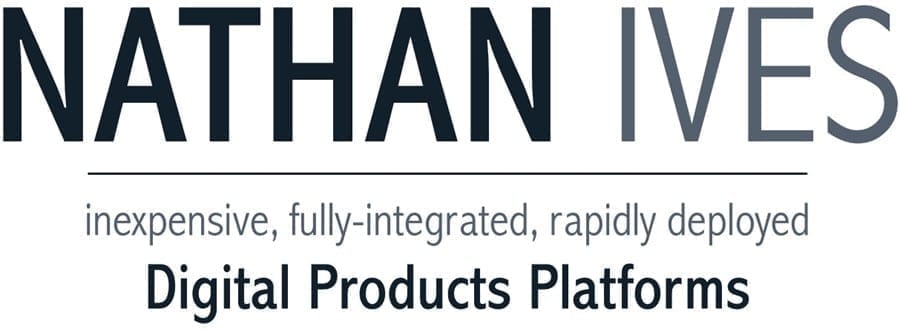Essential Elements Of An Awesome Landing Page
When you sit down to think of a new way to market for your business this year, one of the first things which might come to mind is creating a website which will share your story, your products and show people who you are. A website is a window to your business and many people upon hearing your name will search for you online in the hopes of getting a better understanding of your business. The landing page of a website is the most crucial thing of all to add to your site, and here is how to make a great one.
Links, links, links
When it comes to making a website which will connect you to your business and make sure that people can connect with all aspects of the business you will want to ensure that you places links all over the website which will help people to find what they are looking for. Links to social media channels can be placed in either the header or footer on every page and things such as links to other blog posts on your site can be added as you create new ones. You want to make it as easy for people to connect with you as possible.
Good navigation
Every website needs a good style of navigation to make it as easy as possible for people to move around the site to get to where they need to go. When it comes to planning a sitemap for your website and making sure that your customers can find pages easily you will want to make sure that the menu is in a prominent place at the top of the page and also that you have a search bar on the header so people can make a search to find what they need.
Stunning imagery
Images speak 1000 words, and images are the perfect way to breathe some life and character into an otherwise dull landing page. When you want people to visit your website you want them to see something they like and click through rather than leave the site and cause you a large bounce rate. Images can be exactly what you need to entice people into your website and make them want to know more. If you were visiting a website and you saw a page which had a recipe for cookies with no image, and another site with an image: which one would you want to explore? Images are the key to making a statement and the key to making people want to engage with your brand.
Featured posts
A great way to entice customers further into your website on the landing page is to add some featured posts on there which people can visit directly from the homepage. When choosing featured posts for your landing page make sure that you think about the season, what’s popular at the moment and which of your posts seem to be the most popular. 3 featured posts is usually enough and will cause people to want to stay and explore your website further.
Clever branding
When it comes to making yourself know to the world and getting people to recognise your brand and logo, you need to be smart about it and find a way to place your branding in as many places as possible. The header of your website will likely feature a logo and then you can add the logo to other parts of the landing page to really make people familiar with who you are and what you look like. It is a kind of subliminal message which should work wonders for your brand.
Amazing content
When it comes to making an amazing landing page and an engaging website in general, content is key. Content can be anything from images, videos, articles, social posts and more which you share with your audience to gain a response. Have a think about making a video to introduce your brand or demonstrate the use of a product and have this in a prominent place in the landing page. Video can be very engaging and an ideal way to keep people on your website for longer.
Good SEO
SEO is essential if you want to be successful on the internet and even though you can’t necessarily see SEO at work on your landing page, you should still take the time out to do it. Think about changing your meta title and description to include lots of keywords which suit what the website is about and what you can offer to your customers. Ensure that you have keywords all over the landing page in different places to make search engines rank you higher. It is a time consuming task to do but it is more than worth it for your exposure in the end.
A cohesive theme
When it comes to making your website the best it can possibly be you need to pick a theme and stick to it. Luckily, most CMS platforms such as WordPress have many themes you can choose from, and it means that you can have a consistent colour palette, font and design all throughout your website. Having a dynamic theme from the moment the customer steps into your world is crucial if you want to grab onto them and keep them interested.
Testimonials
One of the things which can sometimes be ideal to add to a landing page for your website are testimonials. If you have had customers in the past who have said wonderful things about your business and who would support you through anything, you can add their testimonials on the landing page to prove to new customers that your products and services are worth their money. Having reviews front and centre on your website shows the viewer that you have nothing to hide from them and it will immediately create a foundation of trust between you. The more testimonials you can add the better, and people will trust that you mean what you say and will be more likely to buy things from you.


 StrategyDriven is proud to introduce Nathan Ives as our newest Trusted Services Partner!
StrategyDriven is proud to introduce Nathan Ives as our newest Trusted Services Partner! A good business website must be fast, visually-appealing, helpful, professional, and visible in the search engines. It must also comply with various legal regulations. However, with shifting consumer behaviors and new requirements introduced by the likes of Google and governments, it can often feel hard to keep up.
A good business website must be fast, visually-appealing, helpful, professional, and visible in the search engines. It must also comply with various legal regulations. However, with shifting consumer behaviors and new requirements introduced by the likes of Google and governments, it can often feel hard to keep up.
 The Internet has made it easier than ever for budding entrepreneurs to start a business, but the nuances of “being online” can be confusing. If you’ve recently launched a startup, the first thing you’ll want to do is create a professional online presence, so people know who you are, what you do and how to reach you. Whether or not you intend to sell your products or services online, it doesn’t matter; you still need a website and some active social media profiles for your business to grow. With this in mind, here’s how to build an online presence for your startup business in five easy steps.
The Internet has made it easier than ever for budding entrepreneurs to start a business, but the nuances of “being online” can be confusing. If you’ve recently launched a startup, the first thing you’ll want to do is create a professional online presence, so people know who you are, what you do and how to reach you. Whether or not you intend to sell your products or services online, it doesn’t matter; you still need a website and some active social media profiles for your business to grow. With this in mind, here’s how to build an online presence for your startup business in five easy steps.